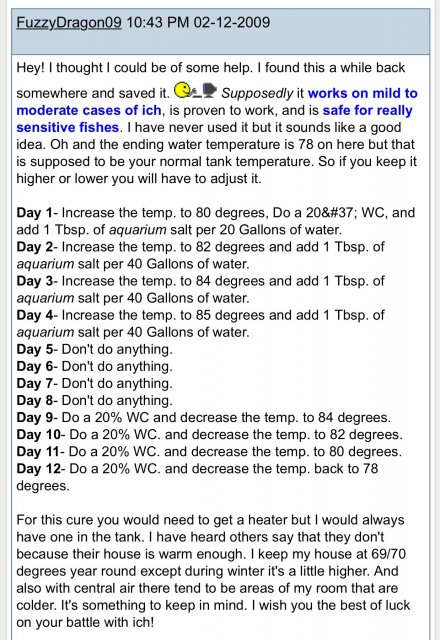For some reason my fish suddenly showed signs of having ich on my tank i think it was because of the stress caused from moving the tank to another room I couldn't pick up some bare tanks today because i was busy on a trip and the stores are close and tomorrow they will probably be closed since its new year so i picked up a couple of large plastic boxes and was wondering if its safe to use them as qt tanks.
I'm also new to the hobby and its the first time I had ich. I have done research and picked up a methlylene blue that i'm going to use since they say it should be safe for all types of fish both scaleless and scaled fish which i have in my tank. I don't have a heater so i'm not confident if it will work since most information i found requires a heater. should i separate the scaleless and scaleless fish when medicating them since the scaleless fish need 1/2 of the required dose? or treating them in a single container will do fine? The directions on the methylene blue is also unclear besides the required dose per gallon I do not know how much % water change i should do everyday and how long will this treatment last. I also don't know if i should use bath or dip method instead.
I'm also new to the hobby and its the first time I had ich. I have done research and picked up a methlylene blue that i'm going to use since they say it should be safe for all types of fish both scaleless and scaled fish which i have in my tank. I don't have a heater so i'm not confident if it will work since most information i found requires a heater. should i separate the scaleless and scaleless fish when medicating them since the scaleless fish need 1/2 of the required dose? or treating them in a single container will do fine? The directions on the methylene blue is also unclear besides the required dose per gallon I do not know how much % water change i should do everyday and how long will this treatment last. I also don't know if i should use bath or dip method instead.



